Battle of Actium (www.trustpast.net)
Our blog provides fresh perspectives on historical figures and events. We aim to bring their stories to life, exploring the personalities, motivations

Our blog provides fresh perspectives on historical figures and events. We aim to bring their stories to life, exploring the personalities, motivations

An estimated 750,000 Palestinians were either driven from their homes or fled during the Nakba in 1948. To counter attempts at Nakba denial and "memoricide" by U.S. politicians and others, it is instructive to review the archives of U.S. diplomats stationed in Palestine and surrounding Arab countries who witnessed the Nakba...

For the first time, dynamic modelling of terrain at the University of Sydney has helped us better understand how humans first travelled across the combined continent of Sahul - Australia, New Guinea and Tasmania - between 35,000 and 70,000 years ago.
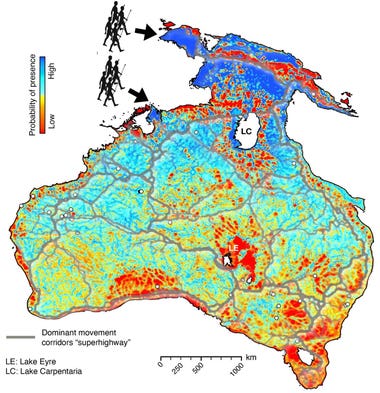
A field campaign provides important new insights into the Late Neolithic period in Southeastern Europe.
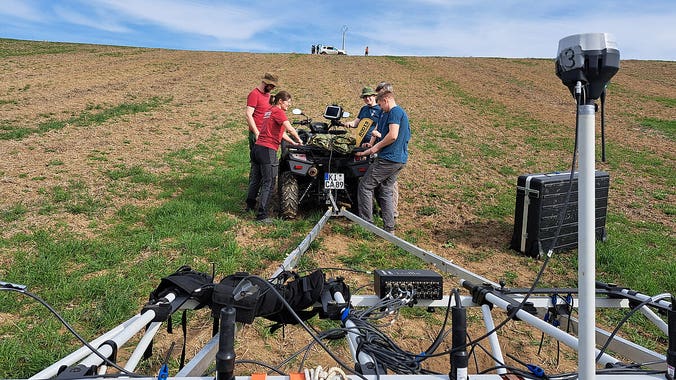
Isotope analysis of human and faunal remains dated to the Later Stone Age reveals a substantial plant-based component to hunter-gatherer diets at the site of Taforalt, several millennia prior to the development of agriculture in the Levant, renewing the question of why agriculture did not develop contemporaneously in North...
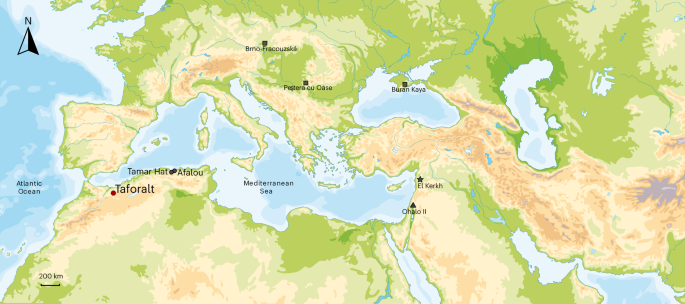
Abstract: The transition from hunting-gathering to agriculture stands as one of the most important dietary revolutions in human history. Yet, due to a scarcity of well-preserved human remains from Pleistocene sites, little is known about the dietary practices of pre-agricultural human groups. Here we present the isotopic...
The first thing you should know is that Abyssinia was located in Ethiopia with its capital in Addis Ababa, and Abyssinia included countries such as Djibouti, Somalia, Eritrea, Sudan and Kenya, all of this area was called Abyssinia, and it was the third most powerful kingdom on earth after the Romans and Persians....

Abstract: Teotihuacan was one of the thriving cultures in the Mesoamerica pre-Hispanic times, located in the Central Valley of Mexico. The city-state was a dominant centre point during the Classic period and its influence affected other contemporaneous cultures. Around the year 550 CE, a continuous decrease in urban population...

Abstract: The known languages of the Americas comprise nearly half of the world's language families and a wide range of structural types, a level of diversity that required considerable time to develop. This paper proposes a model of settlement and expansion designed to integrate current linguistic analysis with other...
The term photography was coined in the early 19th century; however, the concept of a camera dates back to ancient Greeks and Chinese. These photographs are the first ever photograph of almost everything.
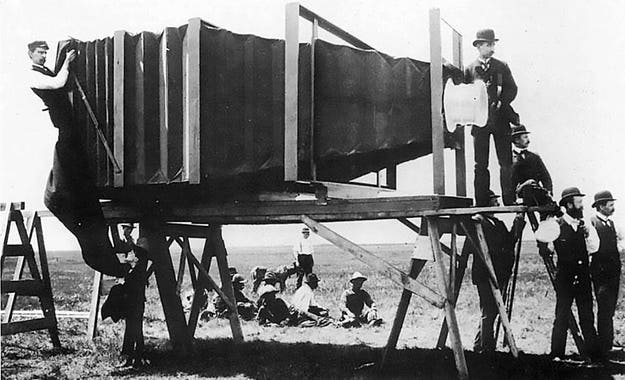
Abstract: For the past four decades, the ‘Secondary Products Revolution’ model, i.e., the exploitation of animal resources that do not involve killing the animal, such as the production of milk and wool and the use of animals for physical labour has been the object of heated discussion between Neolithic scholars. According...

Abstract: Mutually beneficial partnerships between genomics researchers and North American Indigenous Nations are rare yet becoming more common. Here, we present one such partnership that provides insight into the peopling of the Americas and furnishes another line of evidence that can be used to further treaty and Indigenous...
snippet “ The settlement unearthed at Cap d'Erquy comprises approximately twenty circular dwellings strategically positioned around a central plaza. Based on archaeological assessments, it is estimated that this village was inhabited by a Gallic community between the 8th and 5th centuries B.C....

Humanity’s engagement in warfare spans centuries, often ignited by noble causes. Defending against aggression, fighting for independence
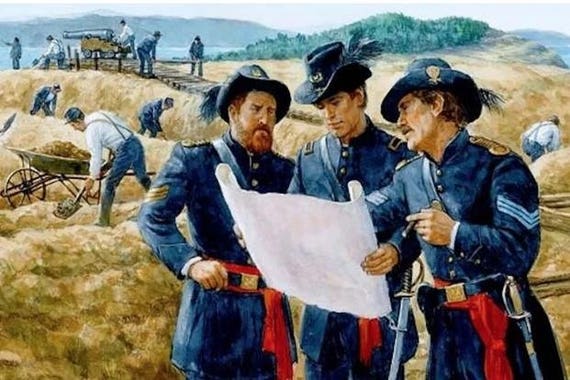
Humanity’s engagement in warfare spans centuries, often ignited by noble causes. Defending against aggression, fighting for independence

Discover the fascinating world of paleontology with this article on the discovery of a gigantic, ancient dolphin in the Peruvian Amazon.

A First World War German submarine last seen in 1917 has been found by a team of Guernsey specialist divers following a four-year search.Lying in more than 70m of water, the wreck of the UC II Class mine-laying submarine UC-18 and that of which they believe to be the British ship which sank her, HMS Lady Olive, have been located...

Practice shows that those who know how to please the authorities and the wealthy live well in Russia. The ways to please are, of course, different. For example, I watched and listened as Mr. Mikhalkov scolded some Bykov. They say that Bykov is a writer. I have not had to read him. So this Bykov believes that Putin carried out...

I wrote an article arguing that Web1.0, 2.0 and Web3 are all incorrect and inaccurate ways to categorize the web's history. Originally I was just going to write a post about how I didn't like the term Web3 but after reading about Web1.0 and 2.0 I don't like those either. It feels way too high level and ignores that the Internet...
Significance...
Abstract: “Placing the origin of an undeciphered script in time is crucial to understanding the invention of writing in human history. Rapa Nui, also known as Easter Island, developed a script, now engraved on fewer than 30 wooden objects, which is still undeciphered. Its origins are also obscure. Central to this issue is...

Abstract: “The Middle Jurassic was a critical time in pterosaur evolution, witnessing the appearance of major morphological innovations that underpinned successive radiations by rhamphorhynchids, basally branching monofenestratans, and pterodactyloids. Frustratingly, this interval is particularly sparsely sampled, with a...
“Following the arrival of the first farmers in Scandinavia 5,900 years ago, the hunter-gatherer population was wiped out within a few generations, according to a new study. The results, which are contrary to prevailing opinion, are based on DNA analysis of skeletons and teeth found in what is now Denmark.”...

Unlock the Mysteries of India’s Maratha Military Landscape! 🏰 Nomination for UNESCO Tag Revealed. Dive into History!

Abstract: Current models of early human subsistence economies suggest a focus on large mammal hunting. To evaluate this hypothesis, we examine human bone stable isotope chemistry of 24 individuals from the early Holocene sites of Wilamaya Patjxa (9.0–8.7 cal. ka) and Soro Mik’aya Patjxa (8.0–6.5 cal. ka) located at 3800...
